Exhibition dates: 9th December 2016 – 5th March 2017
Robert Doisneau (French, 1912-1994)
Le Baiser de l’Hôtel de Ville (The Kiss by the Hôtel de Ville)
Paris, 1950
© Atelier Robert Doisneau, 2016
I have waited nearly ten years to do a posting on this artist and his “humanist photography” (he was part of Steichen’s Family of Man exhibition). Of itself, that says enough, that there are so few exhibitions of his work.
I admit that he is not one of my favourites. His photographs, while containing a good dose of humour and occasional irony, seem to lack panache; his simply crafted ‘imperfect of the objective’ never really cuts it against Cartier-Bresson’s ‘imagination, from life’, or the wonder of artists like Walker Evans (from an earlier era) and the incomparable Helen Levitt.
His juggling act – “juggler, tightrope walker, illusionist to achieve even more realism” – leaves most of the work feeling brittle, over controlled with a salutary sense of stage fright.
Dr Marcus Bunyan
Many thankx to Martin-Gropius-Bau for allowing me to publish some of the photographs in the posting. Please click on the photograph for a larger version of the image.
Robert Doisneau (French, 1912-1994)
The Melted Car
1944
© Atelier Robert Doisneau, 2016
“People like my photos because they see in them what they would see if they stopped rushing about and took the time to enjoy the city…”
Robert Doisneau
“Doisneau always approached his work with a little self mockery, perhaps it was his antidote to the anguish of not being a jester, a tight-rope walker, a magician as he was too much of a realist: and here lies the paradox of one who wished to carry out his work like a street artist, with the chaste joy and fun of an artist malgré lui [in spite of himself] ….
There was a real bond between him and Henri Cartier-Bresson; if they were equally childlike in their joking, they were just as ready to consult each other on professional questions. ‘Our friendship is lost in the darkness of time’, wrote Cartier-Bresson in 1995. ‘We will no longer have his laugh, full of compassion, nor his hard-hitting retorts, so funny and profound. Never told twice: each time a surprise. But his deep kindness, his love for all beings and for a simple life will always exist in his work’. They did not have the same conception of photography, given the difficulty of ‘conjugating’ Doisneau’s ‘imperfect of the objective’ (imparfait de l’objectif) with the ‘imagination, from life’ (imaginaire d’après nature) of Cartier-Bresson, who was more inclined to rigour, influenced by painting and drawing and averse to reframing…
Doisneau always took an ironic approach to his work, which for him was only an antidote to the anxiety of not being. Juggler, tightrope walker, illusionist to achieve even more realism: such is the deceptive paradox of someone who wanted to ‘carry off his tricks like the sidewalk artists’, with the modest lucidity of an artist in spite of himself.”
Anonymous text. “Views & Reviews: Imperfect of the Objective, From Craft to Art, Robert Doisneau Photography,” on the Bint Phootbooks on Internet website 19 May 2016 [Online] Cited 20/11/2021
Robert Doisneau (French, 1912-1994)
Les 20 ans de Josette (20 years of Josette)
1947
© Atelier Robert Doisneau, 2016
Robert Doisneau (French, 1912-1994)
Les tabliers de la Rue de Rivoli
1978
© Atelier Robert Doisneau, 2016
Dust jacket of Robert Doisneau’s La Banlieue de Paris (The Suburbs of Paris)
1949
Robert Doisneau (French, 1912-1994)
African Games
1945
© Atelier Robert Doisneau, 2016
Robert Doisneau (French, 1912-1994)
Mademoiselle Anita
1951
© Atelier Robert Doisneau, 2016
Robert Doisneau (French, 1912-1994)
Les frères, rue du Docteur Lecène, Paris (The brothers, street of Doctor Lecène, Paris)
1934
© Atelier Robert Doisneau, 2016
Robert Doisneau (French, 1912-1994)
Le nez au carreau (The nose against the pane)
1953
© Atelier Robert Doisneau, 2016
Robert Doisneau (French, 1912-1994)
Le cadran scolaire, Paris (The school clock, Paris)
1956
© Atelier Robert Doisneau, 2016
Robert Doisneau (French, 1912-1994)
La concierge aux lunettes, Rue Jacob (The concierge with the glasses, Rue Jacob)
1945
© Atelier Robert Doisneau, 2016
Robert Doisneau (French, 1912-1994)
La mariée chez Gégène (The bride at Gégène)
1946
© Atelier Robert Doisneau, 2016
Robert Doisneau (French, 1912-1994)
Hommages respectueux (Respectful tribute)
1952
© Atelier Robert Doisneau, 2016
Robert Doisneau (French, 1912-1994)
Jacques Prevert au guéridon (Jacques Prevert and table)
1955
© Atelier Robert Doisneau, 2016
Robert Doisneau (French, 1912-1994)
La dernière valse du 14 juillet (The last waltz of 14 July)
1949
© Atelier Robert Doisneau, 2016
Very few photographers have become famous through a single picture. “Le Baiser de l’Hôtel de Ville” (The Kiss by the Hôtel de Ville) is such a picture, which Robert Doisneau (1912-1994) took in March 1950 in front of a Parisian street café in the Rue de Rivoli. The image of the couple kissing was a work commissioned by LIFE magazine. Although it was staged, it contains an entire story: It became the symbol of Paris as the “city of love”. It is one of the iconic photographs of the 20th century.
However, Doisneau’s oeuvre is much deeper and more complex. It is comprised of approximately 350,000 photographs, including professionally crafted shots and others which have the force and charisma of an artistic solitaire. He worked as a photojournalist for the major magazines such as Vogue, Paris Match, Le Point and LIFE. His most famous photographs were shot while wandering through the French metropolis. The exhibition provides an inside view of Doisneau’s work with around 100 selected photographs most of them taken during the 1940s and 50s. It shows his fascination for the normal, for the petit bourgeois and for the melancholic and fragile.
During the first half of the 20th century, Paris was one of the leading art metropolises of the world. The French capital attracts artists from all nations as it is multi-faceted and an ideal environment to capture in snapshots. Artists such as Henri Cartier-Bresson, Brassaï, André Kertész, Martin Munkácsi, Germaine Krull, Robert Doisneau, use the new technical features of a camera with short exposure time and cultivate a photography of the moment. They focus on people and on a parallel trend, illustrating the increasing invasion of public life into the private sphere and making the private, intimate and personal visually public. Achieving this moment requires new aesthetic value measures. The relegation of the remaining is no longer the focal point of attention but rather the beauty of spontaneity becomes more and more noticeable.
Doisneau’s clients were photo agencies, fashion magazines and revues. They looked for photojournalists whose photographs can convey a momentary event comprehensively and with their own impressions. Doisneau delivered.
He prowled around the centre and outskirts of Paris with his Rolleiflex in his spare time. He was concerned with securing evidence. He did this less systematically than his great role model Eugène Atget (1857-1927), who catalogued street by street with his unwieldy large-format camera. Doisneau, however, was concerned with the atmosphere itself. He photographed building facades, interior rooms, quays, children playing, passers-by, wedding couples and moments that are often condensed into a sentimental story. He befriended intellectuals, journalists and poets like Robert Giraud (1921-1997), Jacques Prévert (1900-1977) and Blaise Cendrars (1887-1961). They took him with them to bars and music halls. In 1949, he published the book “La Banlieue de Paris” (The Suburbs of Paris) with Blaise Cendrars.
Doisneau was born in the suburb in the small village of Gentilly southwest of Paris in 1912. He finished his studies at the École Estienne in Paris in 1928 with a diploma in lithography and engraving. He first worked as an assistant to the “Encyclopédie photographique de l’art” photographer and publisher André Vigneau (1892-1968) in 1931 and then as a factory photographer for the car manufacturer Renault between 1934 and 1939. He stopped working for Renault to become a freelance photojournalist at the renowned Rapho Agency. During the Second World War, he documented daily life in occupied and later liberated Paris. He wanted his work to be understood as an encouragement to life.
To this day, Robert Doisneau stands for what is called “humanist photography”: a photography, which turns to people in their everyday life. The surprising moments of everyday life in the big city of Paris made him one of the most important chroniclers of the 20th century.
Text from the Martin-Gropius-Bau
Robert Doisneau (French, 1912-1994)
Palm Springs
1960
Robert Doisneau (French, 1912-1994)
Palm Springs
1960
Robert Doisneau (French, 1912-1994)
Palm Springs
1960
Robert Doisneau (French, 1912-1994)
Palm Springs
1960
Robert Doisneau (French, 1912-1994)
Palm Springs
1960
Robert Doisneau (French, 1912-1994)
Palm Springs
1960
Martin-Gropius-Bau Berlin
Niederkirchnerstraße 7
Corner Stresemannstr. 110
10963 Berlin
Phone: +49 (0)30 254 86-0
Opening hours:
Wednesday to Monday 10 – 19 hrs
Tuesday closed


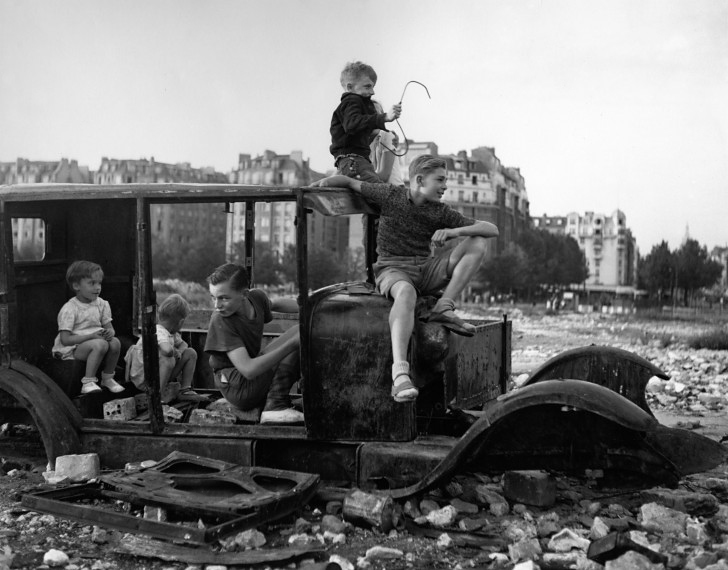





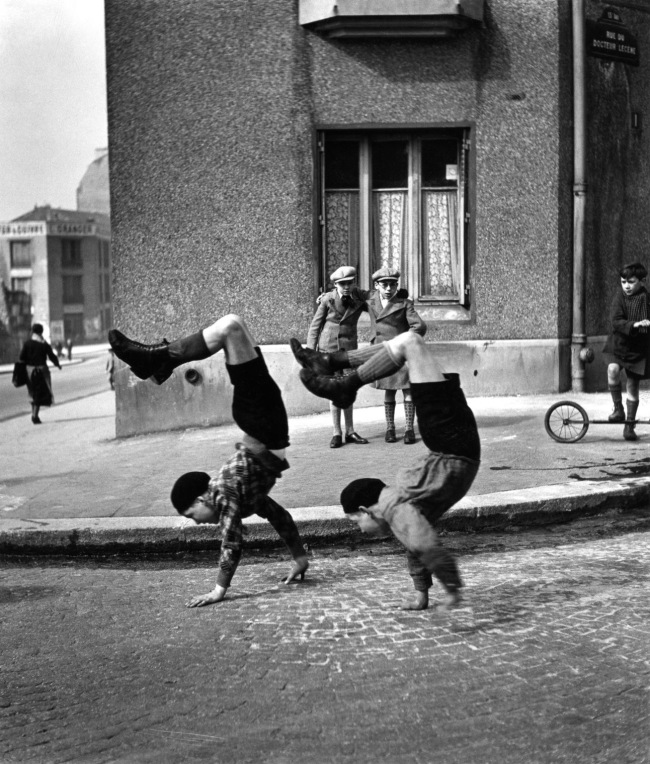


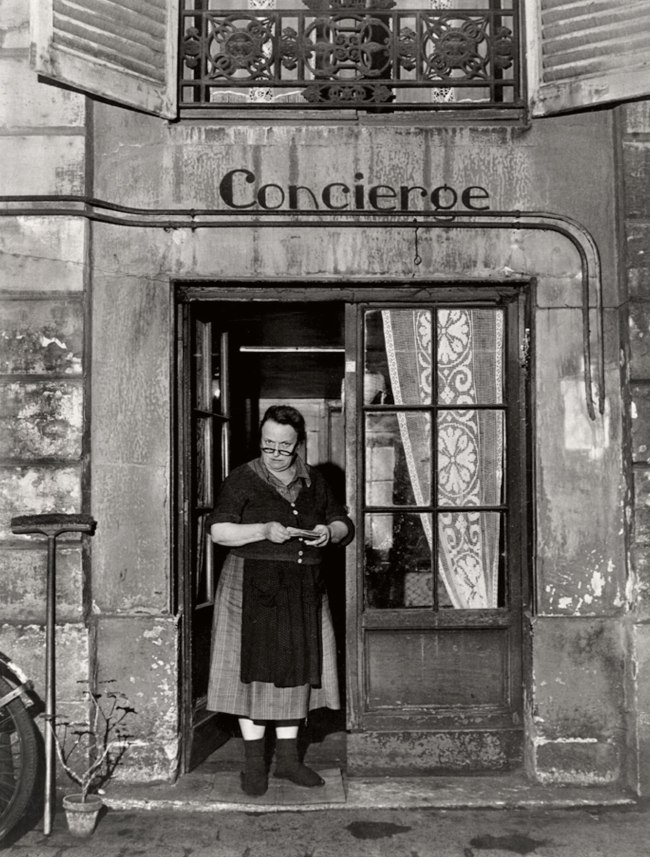




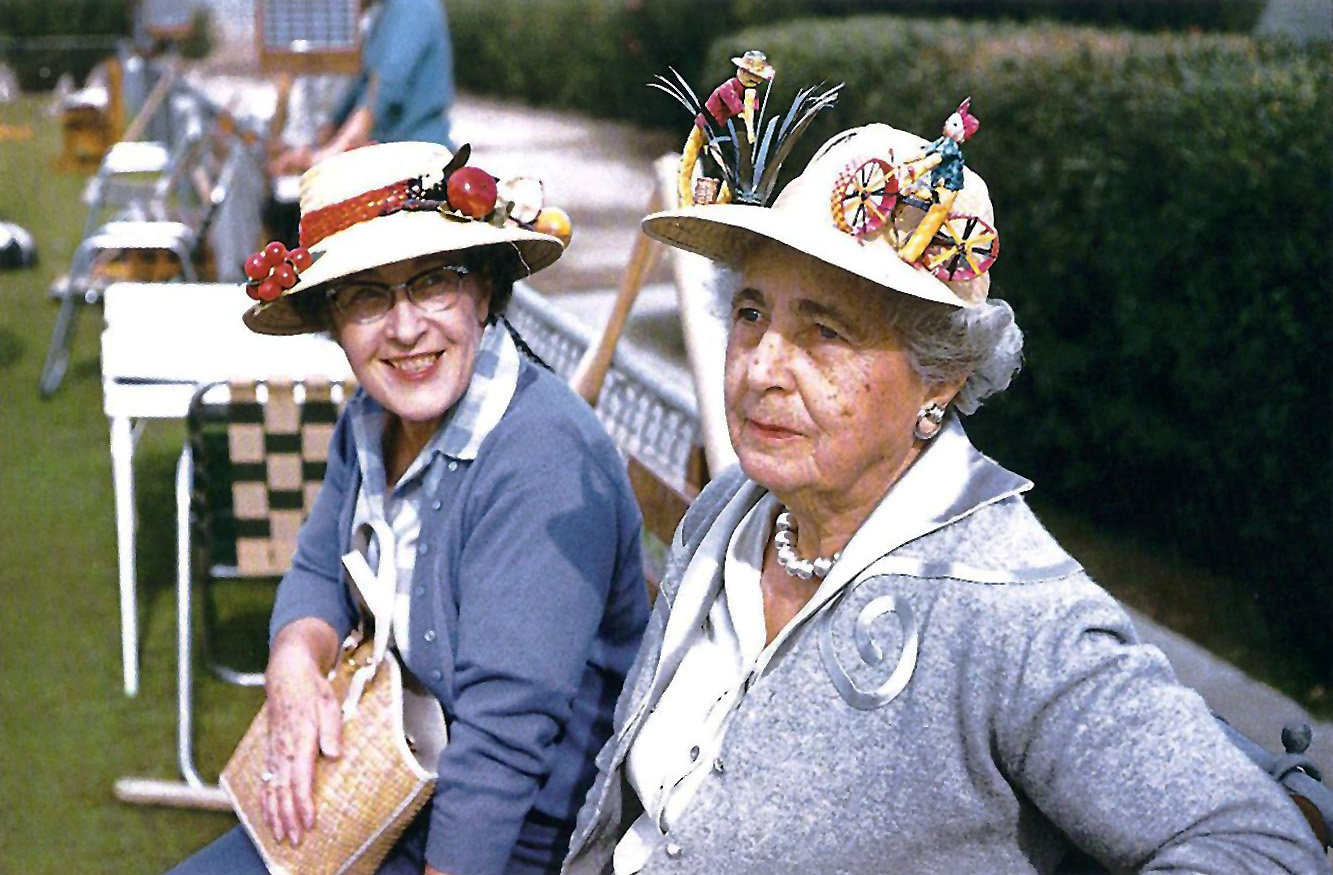
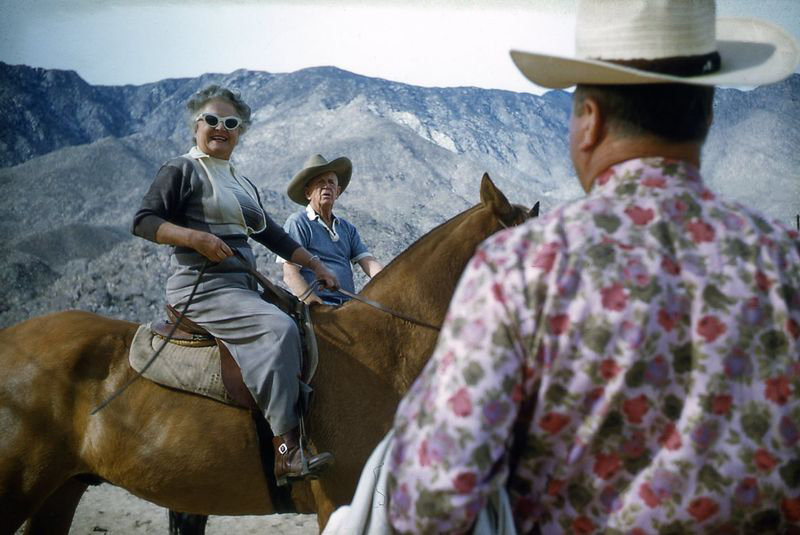
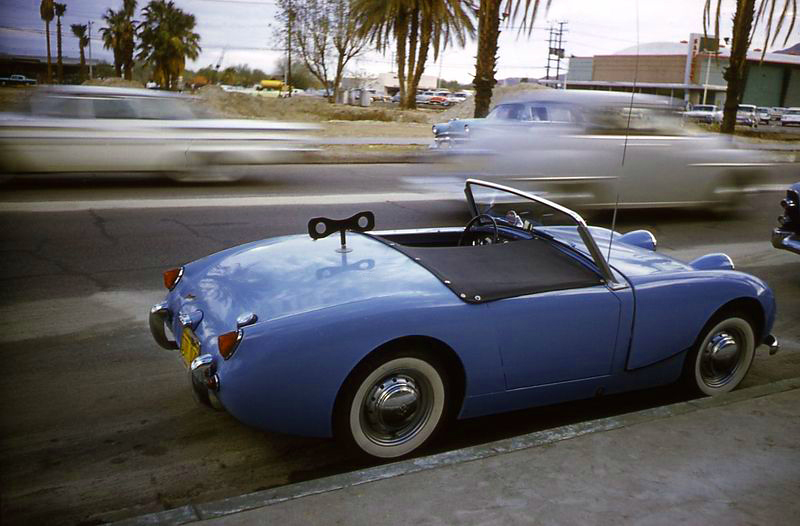



You must be logged in to post a comment.